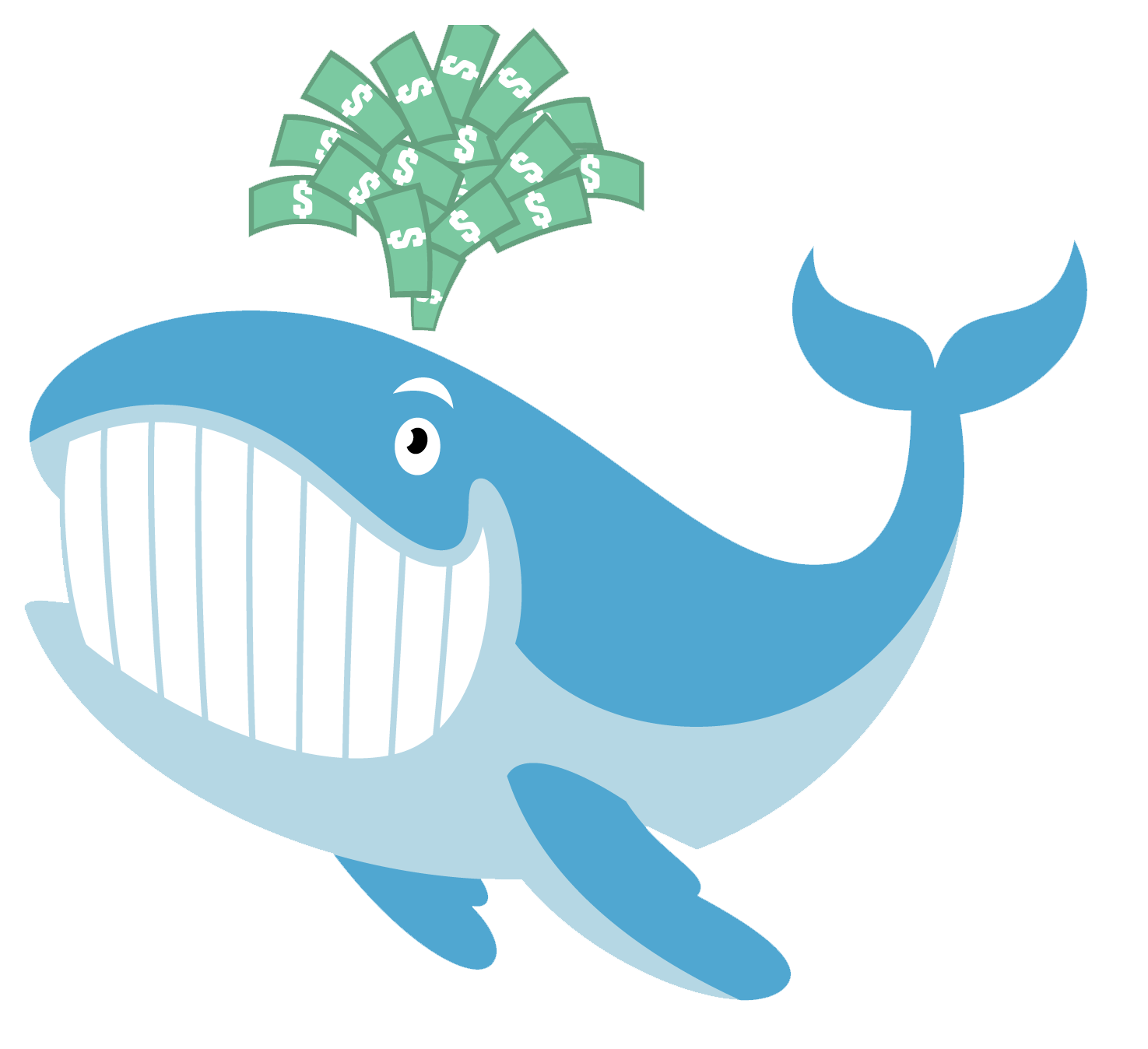US 2 year/10 year yield curve are currently at their deepest inversion in 42 years
On Monday, a significant part of the U.S. Treasury yield curve experienced its most pronounced inversion since the time of high inflation under Fed Chairman Paul Volcker. This inversion reflects concerns in the financial markets that the prolonged cycle of interest rate hikes by the Federal Reserve will push the United States into a recession.
The widely monitored difference between the yields of 2-year and 10-year U.S. Treasury notes reached its widest point since 1981, standing at -109.50 during early trading. This inversion was even deeper than the one observed in March during the U.S. regional banking crisis. Currently, the gap stands at -108.30 basis points.
Market participants have priced in the possibility of additional interest rate hikes this year to control inflation due to signs of strength in the U.S. economy. Just a couple of months ago, futures markets indicated expectations of rate cuts at the central bank's September meeting, but now they anticipate the first cuts to occur in January.
Ian Lyngen, head of U.S. rates strategy at BMO, mentioned in a note on Monday that the lack of significant buying activity is due to uncertainty regarding the future direction of monetary policy. Once investors gain confidence in Powell's perspective on the ultimate interest rates, the prevailing bearish sentiment will likely be replaced by a more balanced outlook.
An inverted yield curve, where short-term Treasuries yield higher returns than long-term ones, has consistently signaled upcoming recessions. According to a 2018 report by researchers at the San Francisco Fed, the 2/10 year yield curve has inverted between six and 24 months before each recession since 1955, with only one false signal in that time.
The spread between 2-year and 10-year Treasuries has remained inverted since July of last year.
In morning trading on Monday, the two-year U.S. Treasury yield, which usually moves in tandem with interest rate expectations, increased by 3.6 basis points to reach 4.913%. Meanwhile, the yield on 10-year Treasury notes rose by 1.2 basis points to 3.831%.
